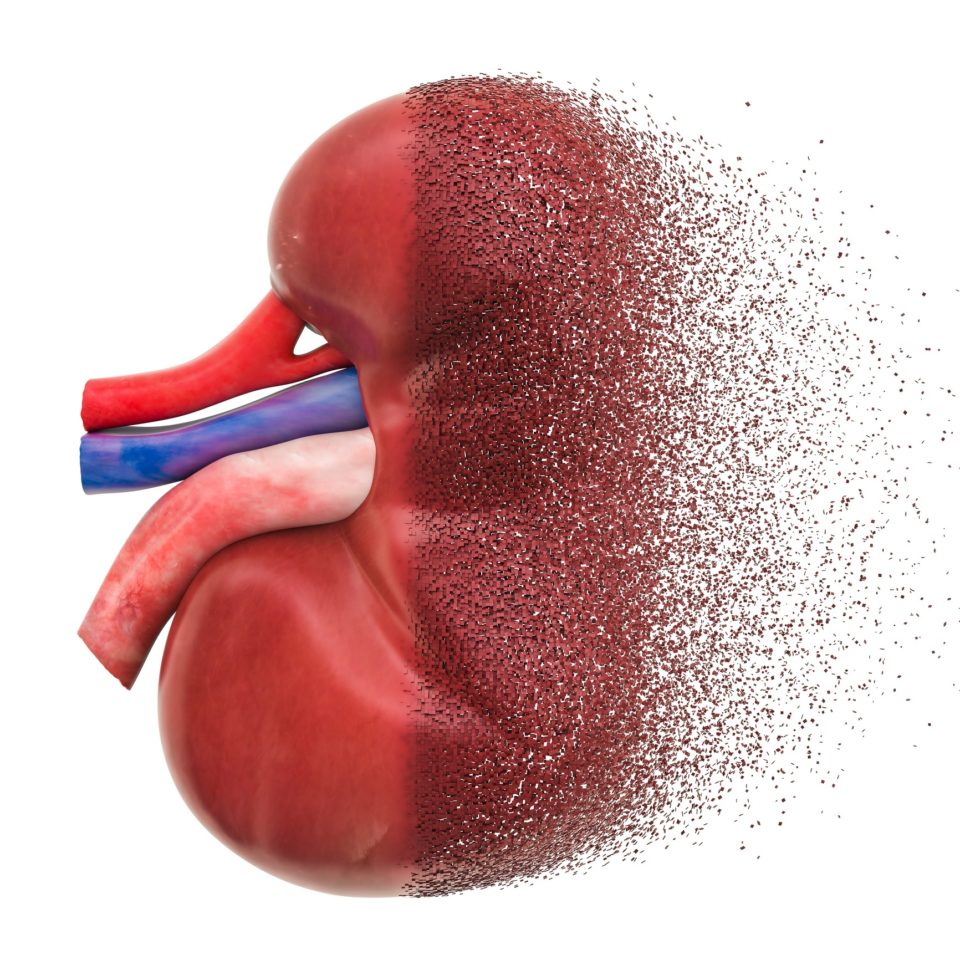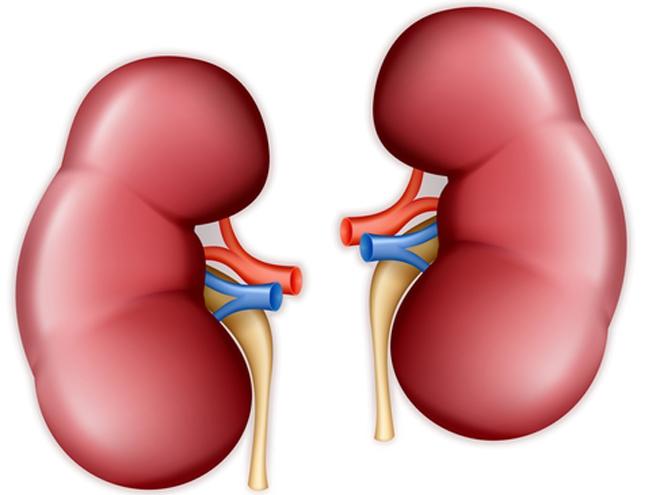Several factors contribute to iron deficiency in patients with end-stage kidney disease (ESKD), including increased external loss, reduced circulating iron availability, and poor intestinal iron absorption. Standard of care includes monitoring of serum iron indices to guide administration of supplemental iron and recombinant human erythropoietin.
Shilpa Sharma, MD, and colleagues recently conducted a study designed to examine which indices of serum iron were predictive of bone marrow iron stones (gold standard) in children with dialysis-dependent ESKD (a state of co-existing inflammation). Results of the study were reported during a poster session at NKF SCM22. The poster was titled Predictors of Iron Status in Children with ESKD.
The cross-sectional study collected clinical, laboratory, and bone marrow data from 71 stable dialysis pediatric patients who underwent bone biopsy for chronic kidney disease-related mineral bone disorders. Patients were enrolled between 2007 through 2011.
The primary causes of kidney failure were birth defects and hereditary diseases (63.3%), followed by primary glomerulonephritis (36.7%). An independent pathologist who was blinded to the patients’ iron parameters interpreted bone marrow smears stained with Perls’ Prussian blue stain. Staining was scored on a scale of 0 to 4. Predictors of greater bone marrow iron stores were evaluated using linear regression.
Mean age of the cohort was 17.2 years and 30% were female. Median dialysis vintage was 1.2 years and 56.4% underwent peritoneal dialysis. At the time of biopsy, mean hemoglobin was 12.4 g/dL and 31% of the participants were on iron supplementation. There were independent associations between greater serum ferritin levels, older age, and higher transferrin saturation and greater bone marrow iron stores. The association appeared strongest for serum ferritin. When patients on hemodialysis and patients on peritoneal dialysis were evaluated separately, the association with ferritin remained similar.
“In children with ESKD, greater serum ferritin remained the strongest independent correlate of greater bone marrow iron stores followed by older age and transferrin saturation,” the researchers said.
Source: Sharma S, Pereira R, Nemeth E, Ix J, Salusky I, Ganz T. Predictors of iron status in children with ESKD. Abstract of a poster (Poster #178) presented at the National Kidney Foundation 2022 Spring Clinical Meetings, Boston, Massachusetts, April 6-10, 2022.







 © 2025 Mashup Media, LLC, a Formedics Property. All Rights Reserved.
© 2025 Mashup Media, LLC, a Formedics Property. All Rights Reserved.